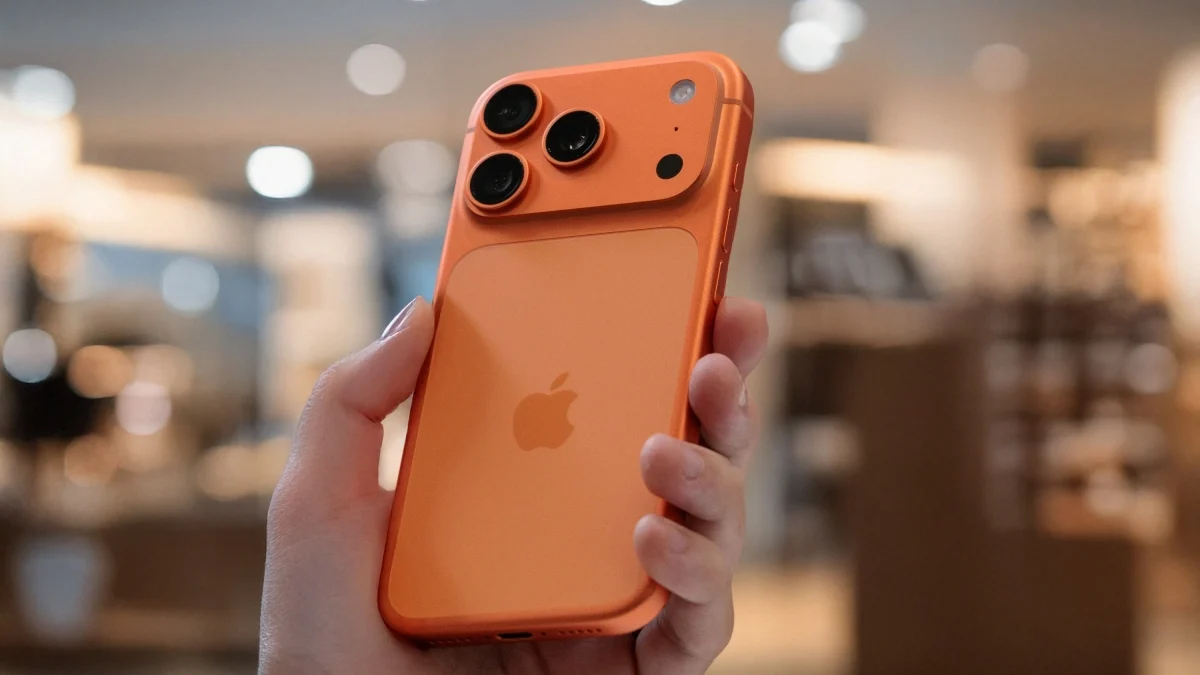Copyright Lifehacker

AI has been the tech buzzword over the last few years, but it's stolen attention from other technological advancements that are possibly more impactful in your everyday life. Take satellite connectivity for example: For most of the time cellphones and smartphones have existed, losing cell signal meant your mobile device was largely useless. With satellite connectivity, however, as long as you're within range of a satellite, you can continue to make calls and send texts. It's remarkable, for both the convenience of communication, as well as your safety. Right now, there are only a few companies leading the satellite connectivity charge, at least as far as consumer technology goes. T-Mobile is the only carrier pushing it, having partnered with Starlink to offer satellite communications to its customers. But you don't need T-Mobile for satellite connectivity if you have an iPhone: Since 2022, Apple has been building the iPhone's ability to connect to satellites, starting with Emergency SOS via Satellite (the ability to reach out to emergency services over satellite), before rolling out general satellite messaging with iOS 18. Whether you have T-Mobile, an iPhone, or both, it's possible to send your friend a text in the middle of nowhere, assuming you have a clear line of site to a satellite overhead. Amazing. And according to Bloomberg's Mark Gurman, Apple has some major plans to expand the iPhone's satellite connectivity capabilities. "Natural usage" improvements Perhaps most importantly, Apple wants you to be able to connect to satellites without the need for an unobstructed view of the sky. Right now, that's arguably one of the technology's biggest hurdles: It's great when you have a clear path between your iPhone and a satellite, but if there's something in the way—say, a bunch of trees, or if you're inside a building—the signal might not reach. The company is working on what is called "natural usage" improvements, which would support satellite connectivity across a wider variety of situations. Maybe your iPhone is in your pocket, or you're in your car, but it's as if you're outside in a wide open clearing. Apple Maps via satellite Once you're able to connect to satellites in more places, the other new features become even more useful. That includes a new version of Apple Maps that supports satellites, which would let you use the app without needing wifi or cellular. This is probably the feature I'd be most be excited for: It can be so stressful trying to pull up directions in an area with low to no signal, so to know you almost always have a way to connect Maps—even if it's slower than usual—would be a relief. Sending photos via satellite Messaging is another area that will reportedly see some improvement: While you can currently text over cellular, Gurman says Apple is working on supporting sending photos over satellite as well. Third-party support It won't just be Apple's own apps and services that are benefitting, either. Gurman says Apple is working on an API to let third-party developers add satellite support to their apps as well. Apple's own software may have the best experience, but it does open the door for expanded support. Other navigation apps, like Google Maps, could potentially connect to satellite this way. If you prefer it over Apple Maps, you wouldn't have to stick with your iPhone's built-in maps app when you don't have cell service. More coverage for future iPhones While it wouldn't impact current iPhone owners, the iPhone 18 will likely support 5G NTN, which lets cell towers themselves connect to satellites to boost coverage. When these features will launch Apple can't add all of these improvements on their own, unfortunately. According to Gurman, the company will need Globalstar, the company that builds this satellite infrastructure, to make hardware improvements on their end. Assuming that happens, the idea of "dead zones" may be a relic of the first quarter of the 21st century.



